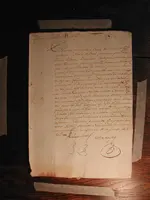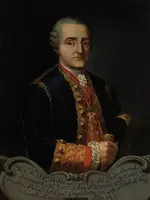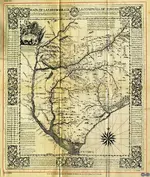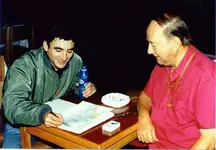Ditlihi
Banned
- Joined
- Aug 20, 2016
- Messages
- 1,227
- Reaction score
- 4,796
- Golden Thread
- 0
- Primary Interest:
- All Treasure Hunting
Anyone really serious in searching for lost Spanish mines settlements and activities of various Church orders. Estanias, ecomindas should well be advised to search through the following very rare book. Compendio y Descripcion de las Indias Occidentales
In the English translated version it is called Description of the Indies. 1620 by Antonio Vazquez Espinosa. There is only one original copy in existence. That is in Vatican Archives, There are few English translated copies dated I think in 1920s and later edition reprinted in 1942. The library of congress has I believe has a 1942 copy.
A 1942 copy came up in few years ago for sale and sold for 16000 dollars. The original copy in Vatican is priceless.
View attachment 1720570
Antonio Vazquez Espinosa was a Carmelites priest commissioned by the king of Spain to explore all the mining settlement Ecomindas, Estancia's towns and cities in the Spanish Territories of the new world. He took 22 years of traveling the new world to compile his book.
The very rare book in original Spanish having one in assistance. It is impossible to get permission to photograph it. You can only view in a special temperature controlled room. Before that you got get special permission and provide qualifications to Even see it. A rear treasure in itself to see it.
Another books of his Circunstancias para los tratos y contratos de las Indias del Perú y Nueva España (Málaga, 1624) in English Circumstances for the deals and contracts of the Indies of Peru and New Spain (Malaga, 1624)
Is a very interesting book also.
Kanacki
Excellent post, Kanacki, and very valuable Reference for those seeking this information. I only wanted to add that while nothing is more accurate or valuable as the original, the English version of Espinosa's Description of the Indies c.1620 , translated and published in 1942 by Charles Upson Clark, is available online at archive.org at the following url. It is downloadable for free in several formats.
https://archive.org/stream/smithsonianmisce1021942smit/smithsonianmisce1021942smit_djvu.txt
Last edited:











